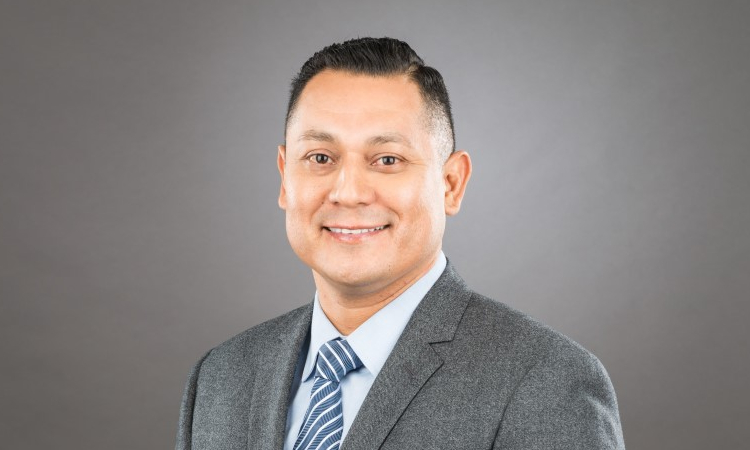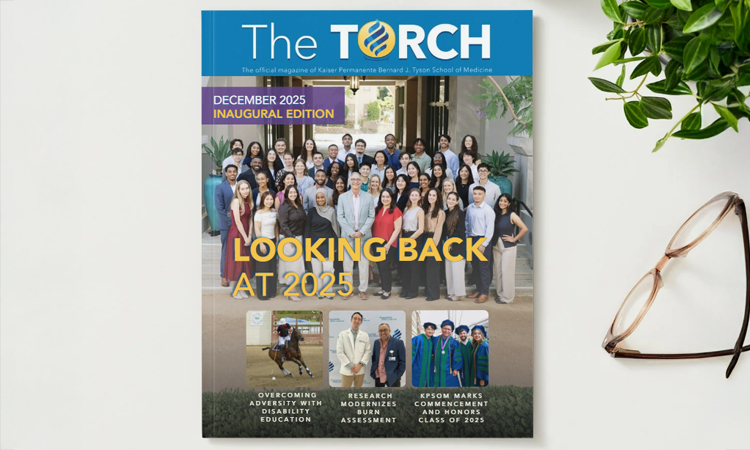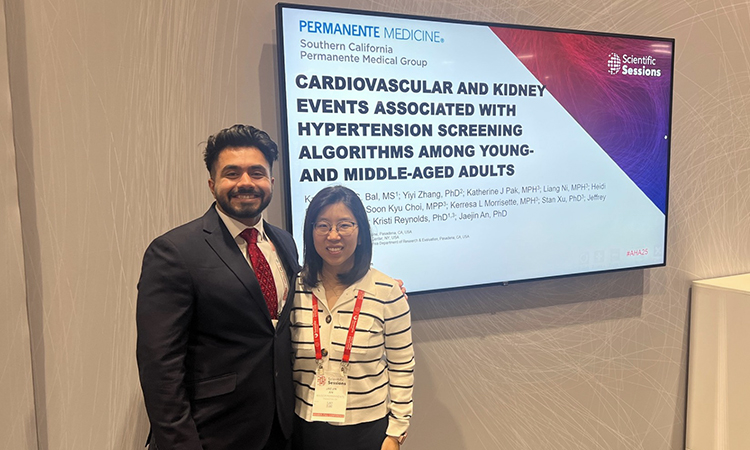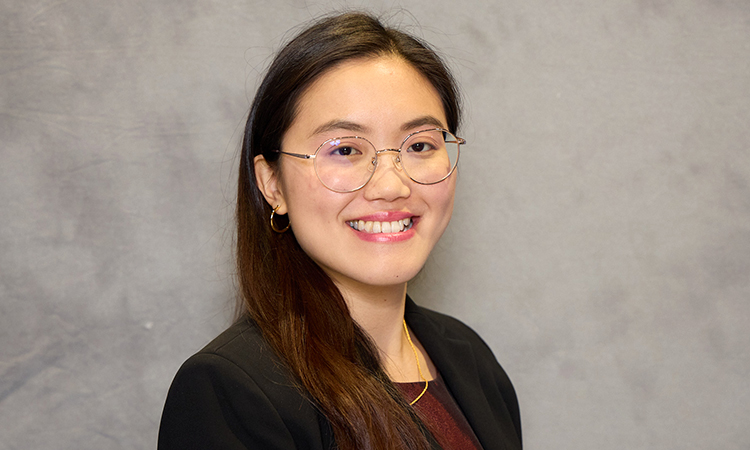Gilbert Salinas is a nationally recognized advocate for violence prevention and a highly respected patient-centered performance improvement expert. A founding member of the Kaiser Permanente Bernard J. Tyson School of Medicine Board of Directors, he serves as Chief Equity Officer and Assistant Director of Health Services for Contra Costa County in northern California, working to address racism and inequity of treatment and to foster inclusion, diversity, and health equity throughout the county health system and the county at large.
In a recent talk at KPSOM titled “Community Health, Equity, and Saving Lives,” Mr. Salinas addressed how government agencies can partner with local and community organizations to close healthcare gaps in marginalized communities. The following interview was conducted shortly before his talk and is slightly edited for length and continuity.
For those not familiar with Contra Costa, please give us a brief overview of the demographics of your county and the challenges you’re facing with respect to health equity.
Contra Costa County is very diverse. Some of the challenges that we are facing with respect to health equity are issues around access, transportation, language barriers, barriers to access, and housing. During the COVID-19 response, some of the challenges that are faced by populations within our county: education and information sharing, outreach, and providing culturally competent services out into communities. One of the challenges for undocumented populations is not having medical benefits. One solution is our Contra Costa CARES program, which provides free primary care coverage for undocumented populations. Once we identify populations with chronic disease such as cardiovascular disease, obesity, diabetes, we have to make sure that we have a targeted approach for reaching these populations.
The Bay Area and surrounding counties are perceived to be high-income areas. Is this a misperception? Where and why does poverty persist?
There are high income areas in the Bay Area, just like there are all over the country. But there are also areas of poverty. In San Francisco, it’s estimated that there will be an increase of 20,000 homeless individuals this year. There is a high cost of living in many parts of the Bay Area and California in general. One source of data that we utilize is the Healthy Places Index (HPI) scores throughout the state, and we're able to identify those areas with the highest needs and highest poverty rates.
Why does poverty exist? There are many factors, such as wealth gaps. There are issues around inequitable access to healthcare and other services and jobs. You have homes with multigenerational families living in one household. For example, during COVID, essential workers did not have the luxury of missing a day from work, telecommuting, or self-isolating. Sometimes that meant catching the BART train or a bus just to get to work and putting themselves at risk daily, which causes them to be more at risk for catching COVID during the surges and/or spreading it to other family members. Unfortunately, there’s poverty all over the country and we need to do a better job of keeping laser-focused on how to eliminate gaps.
In terms of housing in the Bay Area, the picture that’s been painted in the past is that there has been a huge tech boom, but unfortunately a lot of people also lost their homes or they’ve been priced out of the housing market, to own or to rent.
As a public health leader, what lessons has the pandemic taught you about access to health services among underserved communities, and systemic barriers to access?
There are many lessons we learned about access. In Contra Costa, our community clinics are located in some of the lowest scoring areas in the HPI. We also have mobile clinics throughout our county that are based in churches, schools, businesses, and community centers. We have been able to create community partnerships to improve access to health services.
In terms of systemic barriers, it’s both the lack of having insurance and culturally appropriate information, as well as eliminating language barriers. Another lesson we’ve learned is the importance of developing trust. Communities move at the speed of trust. In some communities, due to past historical harms, there is low trust in working with county government and government in general, so we’ve had to work really hard to develop and build this trust, along with our community partners. Lack of trust is another systemic barrier to access.
You’ve also done a great deal of work in the area of preventing violence.
We do see violence as an equity issue. When you look at data in our county and the highest rates of homicide, you see it pertaining to African American males. You look at mass incarceration, you look at our juvenile halls, for example, and you see that the majority of children who are currently incarcerated are African American and Latinx. All of these things correlate; there are root causes associated with violence that we need to address. In our county, we’re currently working on ways to decrease and mitigate violence in our communities.
We’re looking at our data infrastructure in public health to capture some of the violence happening around the county. We are currently working with community partners on ways to address that violence before it happens and providing support after incidents of violence as well.
What role can medical education play in health equity at the community level?
Medical education can play a major role in preparing future physicians in this country. By embedding this knowledge and these equity efforts into the curriculum, providers have a deeper understanding of what issues exist and the disparities that exist in communities. Every provider coming out of medical school should have a knowledge base on the surroundings they’ll be working in. What are the social issues in that community? What are the risk factors? The highest prevalent chronic illnesses? Rates of violence and other social determinants of health? I think it’s important for us to continually strive to build out what those needs look like in each community so we can do a better job of eliminating some of these disparities and prepare our future physicians. Working on leveraging opportunities to advance health equity efforts, making sure physicians become aware of the health equity work happening in their communities and around the country, and applying an equity lens in everything they do are all important ways that medical education can support health equity.
Future healthcare providers should all be advocates and champions for health equity. We have a great opportunity where we can raise awareness on the usage of data on health inequities. An example of this is mapping digital storytelling – real-life experiences of communities that are affected by health inequities. It is thinking about how we’re working with our future providers and how we’re teaching them about how massive this issue is. There are significant financial implications of some of these inequities. We need to make sure that they are working on solutions on how they can be helpful, so they don’t feel neutralized and they don’t feel they don’t have power to change these things.



